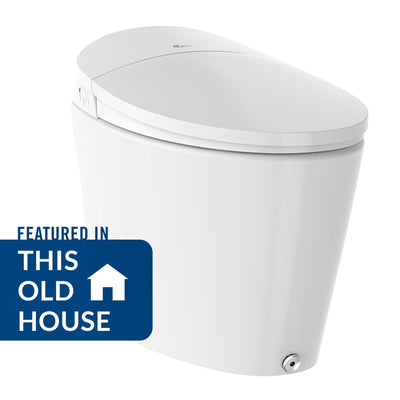Dead Butt Syndrome: What It Is and How to Bring Your Booty Back to Life
Sitting for hours every day creates a host of negative health risks, ranging from depression to cardiovascular disease. Among the laundry list of ailments is a condition with a humorous-sounding name that has real consequences. Dead butt syndrome can cause secondary problems, including pain in other parts of the body.
Learn more about common dead butt syndrome causes, symptoms, and exercises to stay healthy.
What Is Dead Butt Syndrome?
Also known by its medical name, gluteal amnesia, dead butt syndrome describes a condition where the muscles of the butt and hips fails to support the pelvis and maintain proper body alignment. Sitting all day can cause dead butt syndrome, as our bodies just aren’t designed to do that. The condition primarily affects the glutes (which is why some call it dead glute syndrome), which are some of the largest and most powerful muscles in the human body.
The term received a lot of attention after a New York Times article, “Sitting All Day Can Cause Dead Butt Syndrome,” went viral in 2024. Gluteal amnesia has been a growing problem for decades as more Americans spend long days in office jobs and exercise less frequently. One in four Americans sits for more than eight hours a day, and only about a third engages in regular physical activity.
The Symptoms of Dead Butt Syndrome
Dead glute syndrome doesn’t mean your butt is permanently dead; it’s just inactive due to weakness. Weak glutes can affect other parts of your body. The most common symptoms of dead butt syndrome are:
- Numbness or soreness in the butt, hips, and lower back
- Pain in the knees and legs
- Tight hip flexors
- Shooting pain in the legs, similar to sciatica
How to Fix Dead Butt Syndrome
Fortunately, dead glute syndrome is relatively easy to fix – get moving! Find time to walk, stand, and stretch throughout your day to offset the effects of office work and lounging. Consider taking up a hobby that requires physical activity, such as:
- Walking
- Running
- Cycling
- Yoga
- Pilates
- Gardening or yard work
- Weight lifting
There are also specific dead butt syndrome stretches and exercises designed to strengthen your glutes and the supporting muscles. Movements that support your full body weight are great solutions, including:
- Lunges
- Squats
- Step-ups
If you need to build up to full weight-bearing movement, try these easier dead butt syndrome stretches and exercises. There is some gentle movement, but you won’t be supporting your entire body weight.
- Pigeon stretch: Get on the floor and bend one leg so the knee is pointing forward and the shin is outward at a right angle (or smaller) to your thigh. Stretch the other leg directly behind you, supporting yourself with your hands on the ground, and align your hips side to side. You won’t feel a stretch until your alignment is correct. Lean forward for a deeper stretch. For extra support, place a yoga block or rolled blanket under your butt, chest, or forehead.
- Glute bridges: Lie on your back with your knees bent and your feet flat on the floor. Lift your hips toward the ceiling while keeping your upper back and shoulders firmly on the floor. Lift your hips until you form a straight line from your chin to your hips and knees. Squeeze your glutes, relax, and slowly lower your hips to the floor. Repeat up to 10 times in over two to three sets.
- Side leg lifts with a clamshell variation: Lie on your side with your legs fully extended, stacked on top of each other. Engage your core while slowly lifting the top leg toward the ceiling. Keep the leg straight at the knee, hold for a beat at the top of your range of motion, and slowly lower your leg back down. Repeat up to 10 times in two to three sets. Try an easier clamshell variation of this exercise by doing the same movement with your feet “glued” together and your knees bent in front of you.
Always talk to your healthcare provider if you’re experiencing the symptoms of dead butt syndrome. They’ll be able to rule out any potential causes of discomfort and may recommend additional exercises for you.
We Care About Your Butt …
…. and we want you to treat it well. Whether it’s toning up your tush or treating it to daily splashes of luxury, give your glutes the love they deserve. Bio Bidet by Bemis has plenty of options for your cheeks, including easy-to-install, easy-to-use bidets to upgrade your toilet! Explore our selection of bidet seats and bidet attachments, or take our Bidet Quiz to find your perfect match.




